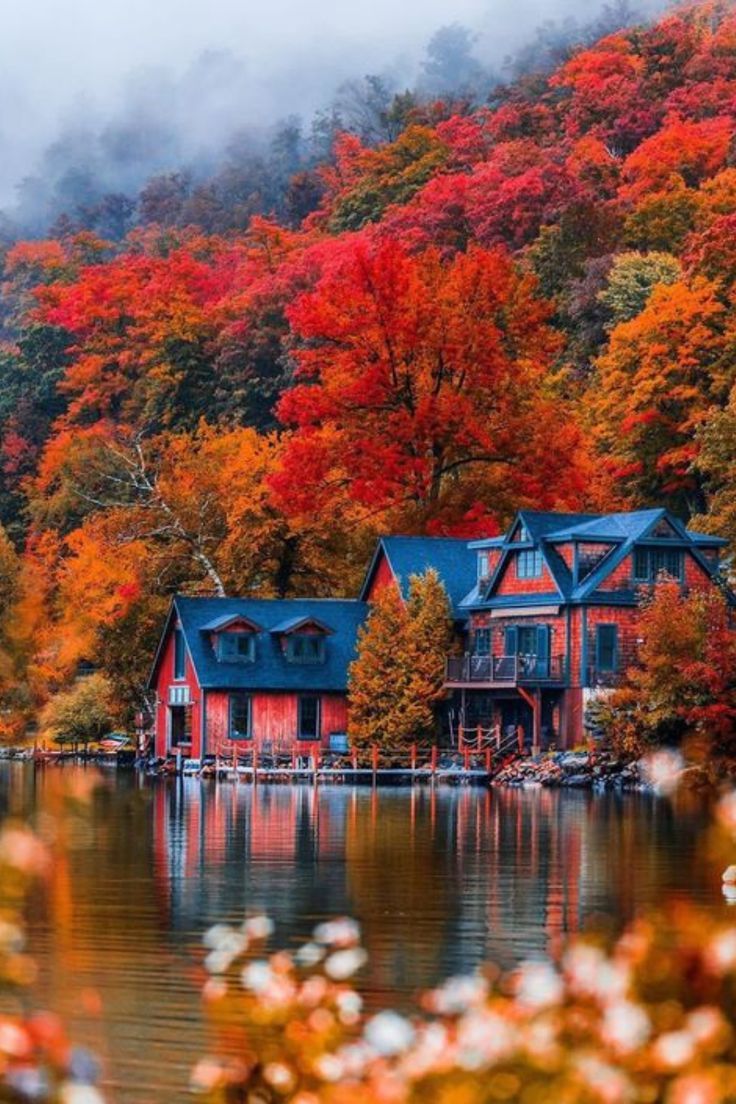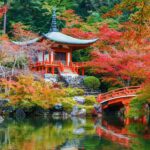Banff National Park: The Ultimate Guide to Canada’s Natural Gem
History of Banff National Park
Banff National Park, Canada’s first and oldest national park, was established in 1885. Nestled in the Canadian Rockies, the park was initially created after the discovery of natural hot springs near Sulphur Mountain. These springs drew attention to the area’s unique beauty and ecological importance.
The park started as a small reserve of 26 square kilometers and has since expanded to cover over 6,641 square kilometers of mountainous terrain, glaciers, forests, and alpine landscapes. Banff’s designation as a UNESCO World Heritage Site underscores its global significance.
Daily Life in Banff National Park
Banff isn’t just a destination for visitors; it’s also home to a small population of residents who live within the park’s boundaries. Daily life here revolves around nature, with activities like hiking, skiing, wildlife observation, and community events dominating the calendar.
Local businesses thrive on eco-tourism, and sustainability is a priority. Residents work in hospitality, outdoor adventure, conservation, and education, contributing to the park’s preservation while providing world-class experiences to visitors.
Impact of Banff National Park on Daily Life Globally
Banff National Park’s influence extends beyond its borders. As a global leader in conservation and sustainable tourism, it inspires similar initiatives worldwide. The park attracts millions of visitors annually, boosting Canada’s economy and raising awareness about the importance of preserving natural wonders.
Banff also serves as a critical habitat for diverse flora and fauna. Its efforts in wildlife protection, such as safe corridors for animals like grizzly bears and elk, set an example for other protected areas.
Fascinating Facts About Banff National Park
- Canada’s First National Park: Established in 1885, it paved the way for Canada’s national park system.
- Home to Wildlife: The park is home to over 53 species of mammals, including cougars, wolves, and mountain goats.
- Lake Louise: Known for its turquoise waters, Lake Louise is one of the most photographed locations in the world.
- Icefields Parkway: This scenic route connects Banff to Jasper National Park, offering breathtaking views of glaciers and peaks.
- Natural Hot Springs: The Banff Upper Hot Springs are a relaxing way to enjoy the area’s geothermal wonders.
Significance of Banff National Park
Banff National Park is a symbol of natural preservation, recreation, and education. It’s a living classroom for scientists, nature enthusiasts, and travelers. The park embodies the importance of balancing human activity with environmental stewardship, serving as a model for sustainable tourism worldwide.
Observance and Celebrations
Banff is a hub for cultural and environmental celebrations:
- Banff Mountain Film Festival: A globally renowned event showcasing outdoor and adventure films.
- Canada Day: Celebrated with community events, parades, and fireworks in the heart of Banff.
- Parks Day: An annual event highlighting the importance of Canada’s national parks.
Important Points to Remember
- Accessibility: Open year-round, Banff offers activities for every season.
- Eco-Tourism: Visitors are encouraged to follow Leave No Trace principles.
- Diverse Activities: From hiking and skiing to wildlife photography, there’s something for everyone.
- Cultural Heritage: Indigenous peoples, including the Stoney Nakoda, have deep ties to the land.
FAQs About Banff National Park
1. Is Banff National Park open year-round? Yes, Banff is accessible all year, offering different activities for each season.
2. What is the best time to visit? Summer (June to August) is ideal for hiking and sightseeing, while winter (December to March) is perfect for skiing and snowboarding.
3. Are there entrance fees? Yes, a Parks Canada pass is required, and prices vary depending on the duration of your visit.
4. Can you camp in Banff? Absolutely! The park offers a variety of campgrounds catering to both tent and RV campers.
5. How can visitors support conservation efforts? By respecting wildlife, using designated trails, and minimizing waste, visitors can help protect Banff’s ecosystem.
Wishing Banff National Park a Future of Preservation
Banff National Park is more than just a destination; it’s a testament to the power of preservation. As we explore its pristine landscapes, let’s remember our role in ensuring its beauty endures for generations to come. Whether you’re hiking its trails, skiing its slopes, or soaking in its hot springs, Banff offers a connection to nature that’s both inspiring and humbling.
Why Banff National Park is Important to Society
Banff teaches us the value of conservation and the importance of connecting with nature. It’s a haven for wildlife, a playground for adventurers, and a sanctuary for those seeking solace. By prioritizing sustainability and fostering a deep appreciation for the natural world, Banff National Park continues to enrich lives and inspire global action.










